The scheduled flight from Wichita, Kansas to Washington, D.C. experienced a tragic change during the evening of January 29, 2025.
The normal flight turned fatal during the journey to create immense grief among families and result in confusion among officials.
Flight 5342 operated by American Airlines approached Ronald Reagan Washington National Airport while flying a Bombardier CRJ700 aircraft.

The aircraft started its landing approach to Runway 33 when a sudden flight emergency occurred in the sky.
During that time a U.S. Army UH-60 Black Hawk helicopter executed its regular training flight in the surrounding airspace.
The two aircrafts collided with each other above the Potomac River which caused a devastating accident.
Multiple observers watched a huge fireball create nighttime illumination while objects from both planes fell through the air during their mid-air collision.
The aircraft plunged steeply into the cold water beneath them while creating a catastrophic scene.
Sixty passengers and four crew members traveled on the American Airlines jet when it occurred.
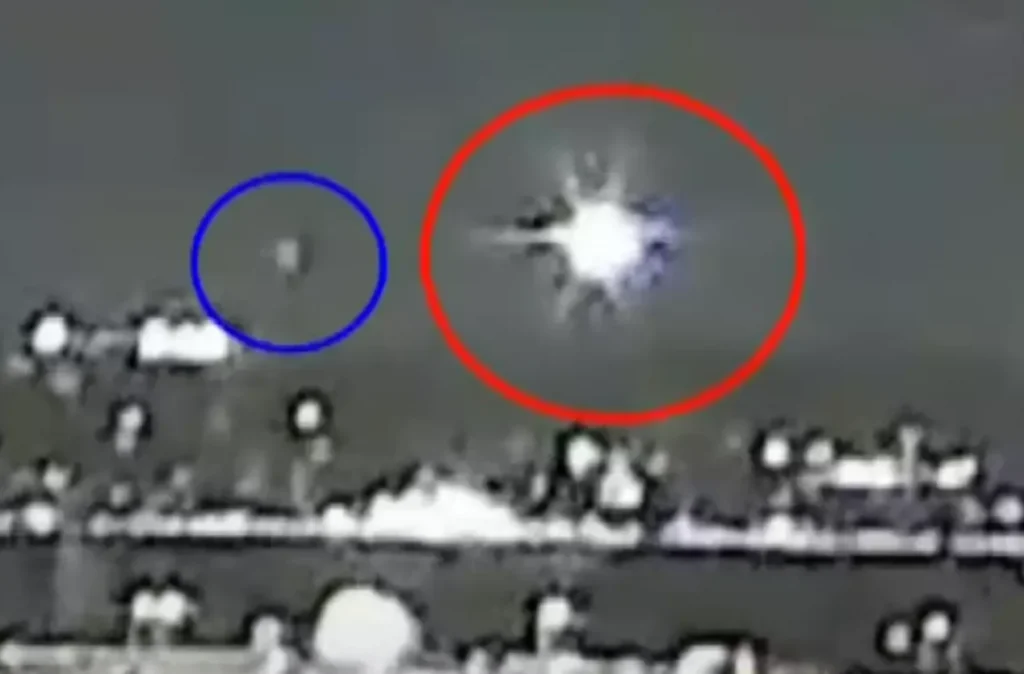
During the training operation three soldiers rode aboard the Black Hawk helicopter.
Emergency rescue teams rushed to the location as they fought against the freezing cold temperatures of the Potomac River.
The search for living survivors played out as authorities did battle with adverse weather conditions together with pressing deadlines.
The wreckage recovery operation has returned 18 bodies until this present moment.
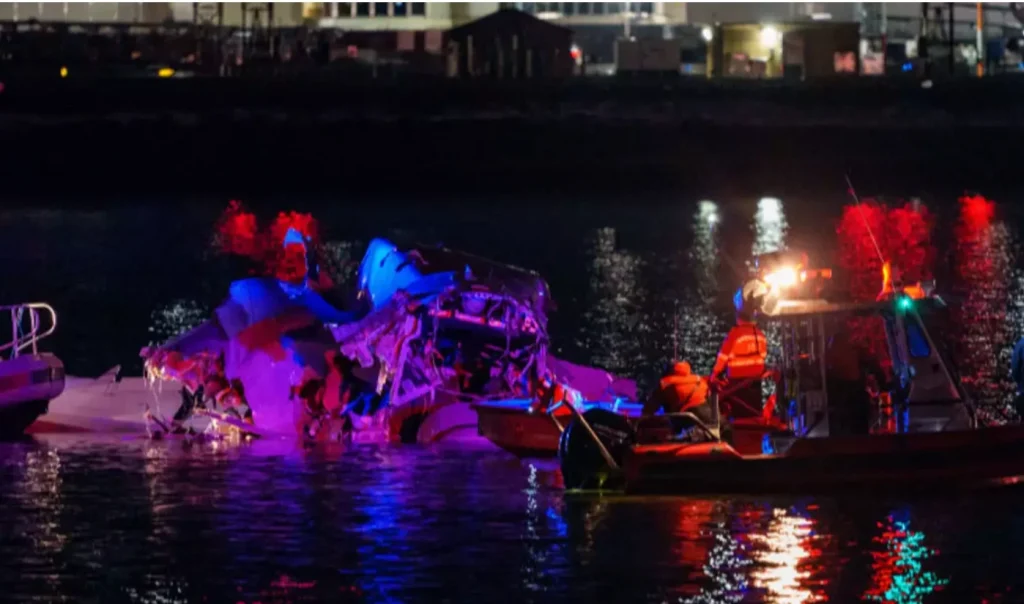
Hospital staff treated patients who survived the boat accident as they brought them to local medical facilities for immediate medical assistance.
A thorough investigative examination has started according to Federal Aviation Administration (FAA) together with National Transportation Safety Board (NTSB).
Aerospace authorities granted operational clearance to both flights in the same flight space.
The situation has created serious doubts about communication mishaps between air traffic controllers and flight crews.
Multiple aviation disasters have occurred on the Potomac River since the aviation tragedy of 1982 Air Florida Flight 90.
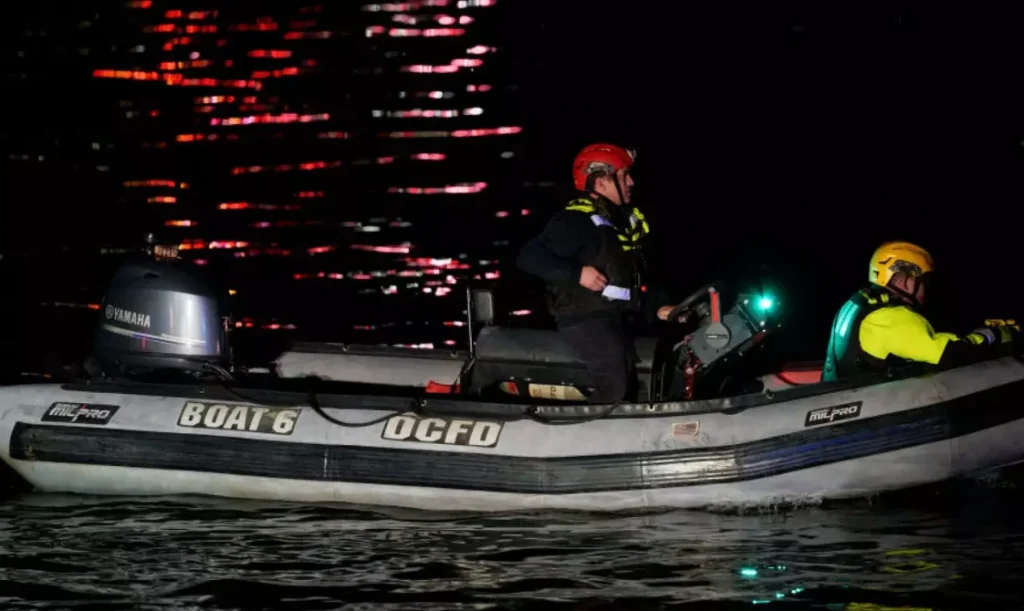
Flight safety together with air traffic management have become renewed subjects of concern after this recent incident.
First responders established emergency response units directly on the tarmac to enhance the rescue efforts.
The Metropolitan Police Department stated that different agencies join forces to examine the situation.
American Airlines released an official statement which showed their deep worry for the passengers together with their staff members.
The airline stated it remains in contact with authorities to help emergency response actions.
The U.S. Army verified that the Black Hawk helicopter was performing regular training operations at the time.
The military declared that helicopter flights operated without senior command presence at the time of the accident.
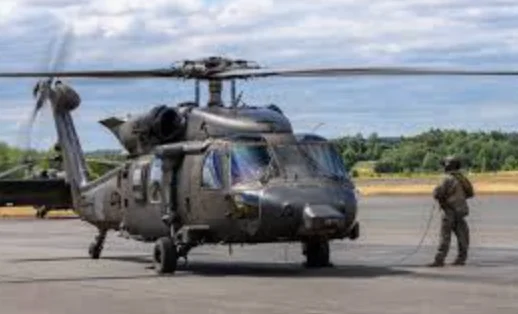
The Transportation Secretary Sean Duffy traveled to the accident site to direct the emergency response.
Through an official statement President Trump declared he received full briefings about the crash and he maintains close surveillance of the situation.
The family members of Washington D.C.’s Reagan National Airport passengers kept watch while waiting for news.
The group included Hamaad Raza who looked forward to meeting his wife at any moment.
A single notification flashed on his phone exactly when his wife should have touched down.
The text displayed a standard message indicating “Landing in 20 minutes” which turned out to be tragic.
Raza stayed at the airport without knowing about the developing disaster.
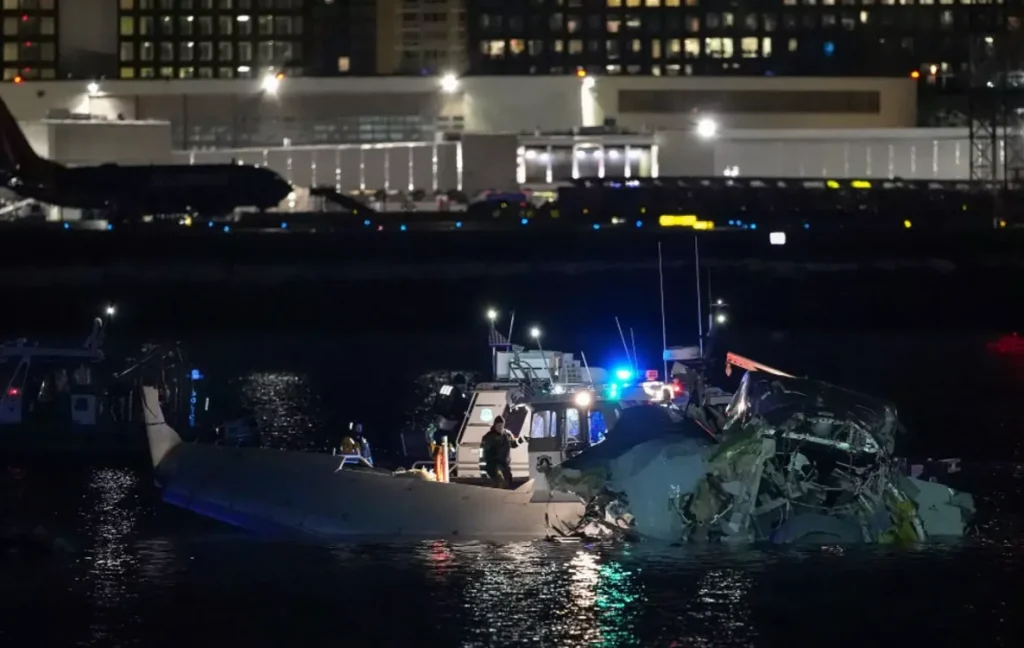
The duration without any word from his wife led his worry to intensify.
His unanswered phone messages created a bad feeling in him.
Raza revealed his discovery after checking the undelivered text messages.
The news about the plane crash turned his worst suspicions into reality which brought him to complete devastation.
Raza spoke through trembling words as he expressed his hope that someone was extracting her from the river at that moment.
The public at the airport endured a painful period of waiting during the ongoing rescue operations.
The main priority for authorities involves recovering flight data recorders while obtaining pilot communication information.
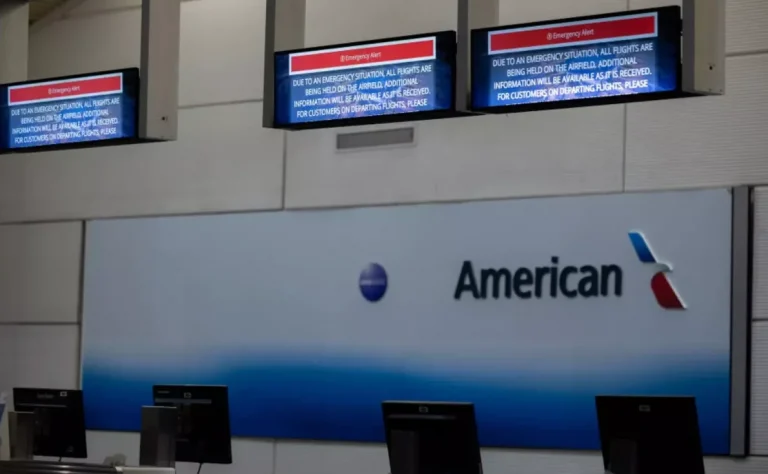
The air traffic control logs will serve as evidence to reveal the root cause of the deadly aircraft collision.
The aviation sector is currently grieving their losses as many questions emerge about aviation safety.
The forthcoming days will deliver further insights yet recovery operations maintain their top precedence.
Nations face the tragic loss as communities offer their support to families who mourn their loved ones.
During emergency situations human resilience alongside unity becomes visible because they bring light to dark circumstances.






